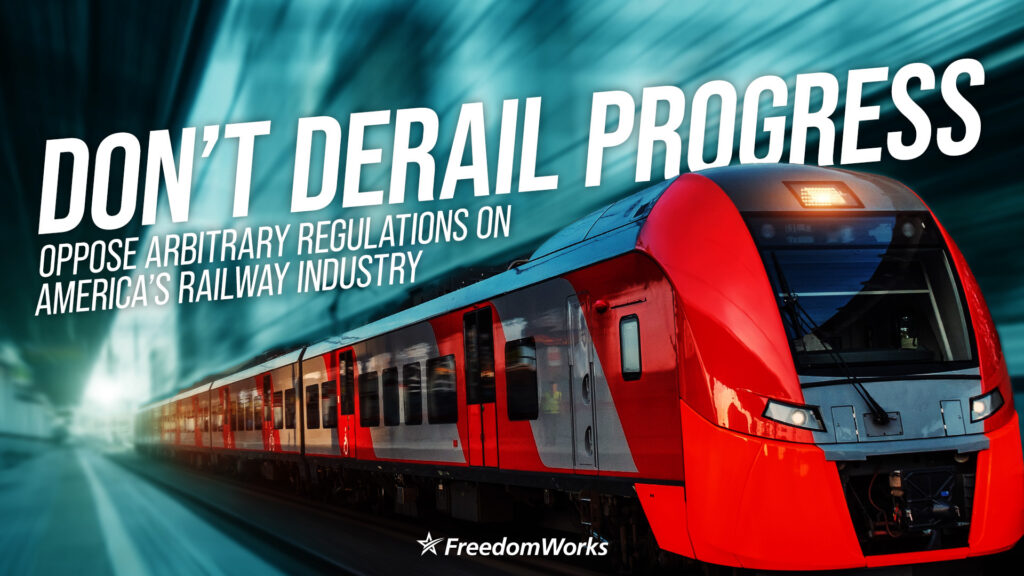FCC Reaffirms Repeal of Net Neutrality Regulations
The Federal Communications Commission (FCC) has finalized its remand order regarding the Restoring Internet Freedom Order (RIFO). This remand order clarified the FCC’s authority in a few areas pursuant to the D.C. Circuit Court’s decision in the Mozilla v. FCC case. This final order will continue the successful light touch regulatory framework, continue increased broadband investment, and hopefully put this contentious issue to rest for the time being.
For those who have mercifully avoided this issue since the first issuance of RIFO in 2017, here’s some background. RIFO reclassified the internet from a highly-regulated telecommunications service under Title II of the Communications Act of 1934 to a Title I information service, which operates under a “light touch” regulatory framework. In Mozilla, the Court asked the FCC to seek comment on three aspects of the order: impact on public safety, pole attachments, and Lifeline.
In terms of public safety, the FCC’s actions with RIFO provide a clear benefit. This has become especially apparent during the coronavirus pandemic where the internet has been burdened perhaps more than ever before and has not had to throttle service. And, there is no evidence that an internet service provider (ISP) would ever do so, or has ever done so. In fact, there is plenty of evidence that with the internet being classified as a Title I service, first responders can more effectively articulate their specific needs to ISPs, carriers, and app developers. In turn, they can more effectively respond, especially with all of the increased investment that resulted from RIFO in the last few years.
Opponents of RIFO also argue that it discourages pole attachments. A pole attachment, very simply, is any infrastructure attachment to an existing pole or conduit (think telephone poles). Once again, despite the opponents’ claims to the contrary, RIFO actually has the opposite effect. With carriers now having regulatory flexibility to create innovative services and enter into atypical, bold agreements, they will be incentivized to build out their infrastructure – perhaps even aggressively. RIFO encourages said buildout.
The Lifeline program is one that helps provide telephone and broadband services to low-income Americans. We mentioned earlier that RIFO allows carriers to enter into innovative arrangements that improve service. Among them is a tactic called “zero rating.” Zero rating is when a carrier decides not to charge browsing of certain sites or services against data caps. For example, AT&T zero rates streaming of DirecTV for its users. Under RIFO, carriers that qualify as Lifeline services could zero rate important public health services or other important sites and vastly improve services for low income Americans. It gives power from out-of-touch bureaucrats to consumers to decide what is best for them. It provides options.
With all of the typical unhinged musings of the left, we likely have not heard the last of this issue. However, this remand order provided Chairman Ajit Pai and the entire FCC a chance to demonstrate what a success the Restoring Internet Freedom Order has been. The hearing today allowed the American people to see a very public reaffirmation of that success and to see the issues of the Court addressed. Today, amidst political turmoil and pandemic, the internet has continued to be a bulwark through it all largely because of actions like this.



